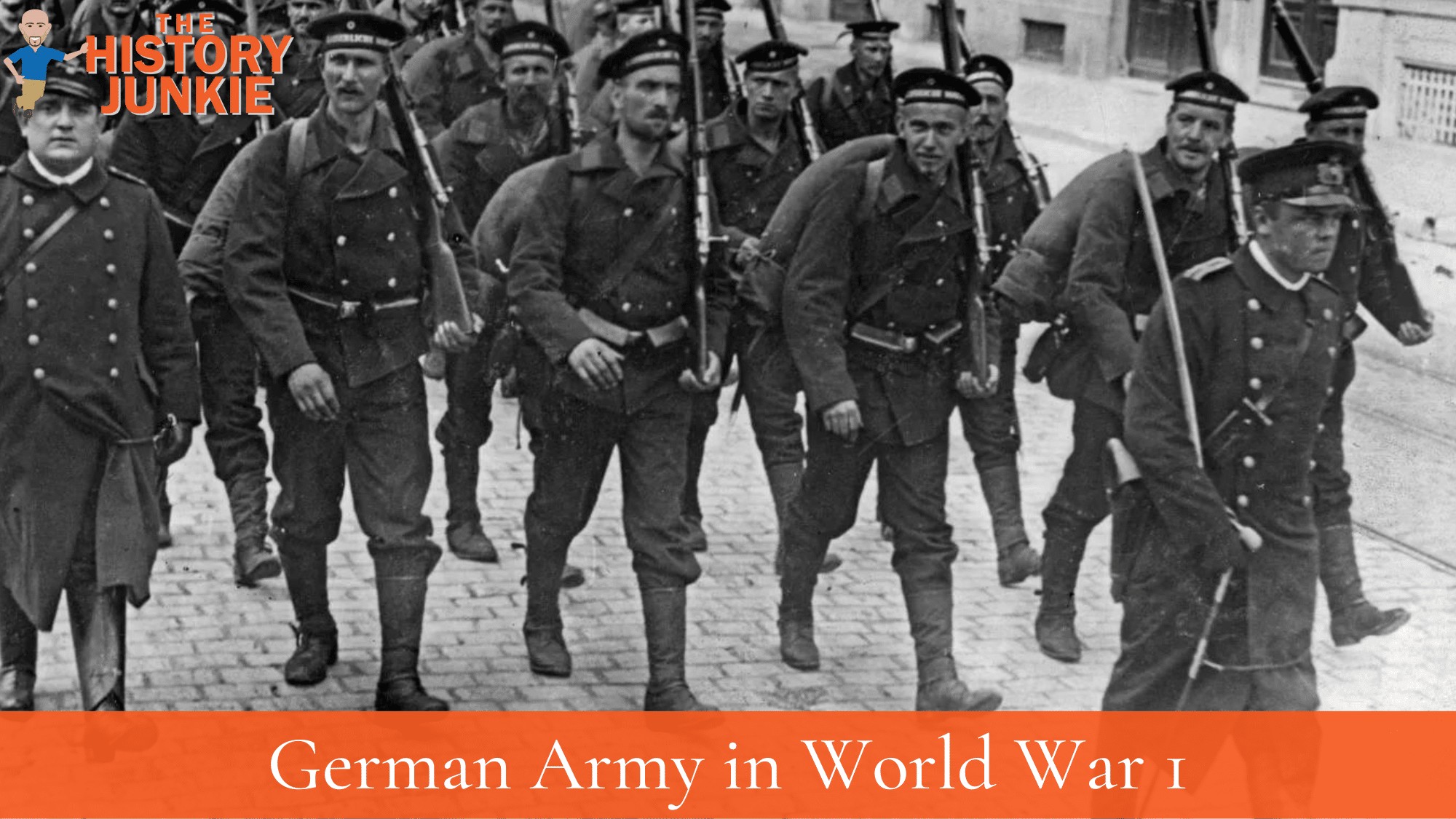Part of the so-called 'race to the sea,' the First Battle of Albert was fought between September 25 - 29, 1914, in the wake of the First Battle of the Marne and the First Battle of the Aisne.

Read Article: Battle of the Frontiers
Jump to:
As it became clear to both sides that a breakthrough was no longer possible - the French Plan XVII and German Schlieffen Plan having demonstrably failed.

Both sides attempted to outmaneuver each other in a northwards movement, begun by French Commander-in-Chief Joseph Joffre, moving Noel de Castelnau's Second Army north-west across the Avre River so as to attack the exposed German right flank at Noyon.
Noel de Castelnau launched a frontal attack against the German forces that recently arrived from Reims on September 25, meeting with immediate effective resistance, followed up with powerful counter-attacks.
Obliged to retire beyond the town, Noel de Castelnau determined to hold off further German attacks pending the dispatch of a new Tenth Army under Maud'huy further north in a renewal of the attack in the First Battle of Arras.
Conclusion

The French had been able to use the undamaged railways behind their front to move troops more quickly than the Germans, who had to take long detours, wait for repairs to damaged tracks, and replace rolling stock.
The French IV Corps moved from Lorraine on September 2 in 109 trains and assembled by September 6. The French had been able to move troops in up to 200 trains per day and use hundreds of motor vehicles, which were coordinated by two staff officers, Commandant Gérard and Captain Doumenc.
The French could also use Belgian and captured German rail wagons and domestic telephone and telegraph systems. The initiative held by the Germans in August was not recovered, and the troop movements to the right flank were piecemeal.
Until the end of the Siege of Maubeuge, only the single line from Trier to Liège, Brussels, Valenciennes, and Cambrai was available and had to be used to supply the German armies on the right as the 6th Army traveled in the opposite direction, limiting the army to forty trains a day, taking four days to move a corps.
Information on German troop movements from wireless interception enabled the French to forestall German moves, but the Germans had to rely on reports from spies, which were frequently wrong.
The French resorted to more cautious infantry tactics, using cover to reduce casualties and a centralized system of control as the German army commanders followed contradictory plans. The French did not need quickly to obtain a decisive result and could concentrate on conserving the French army.
